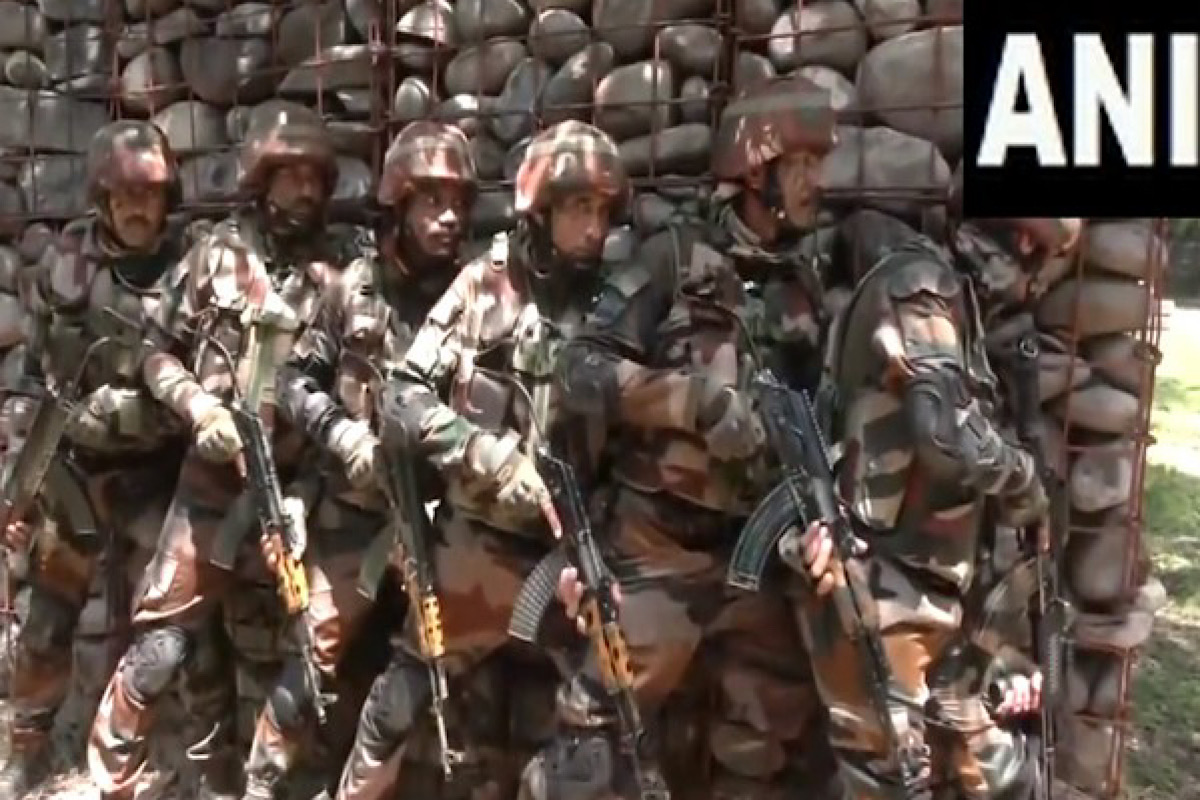Election Farce
Four years after seizing power in a coup, Myanmar’s military rulers continue their desperate yet failing bid to tighten their grip, this time by extending emergency rule under the pretext of preparing for elections.
Thirty-nine Myanmar Army personnel were taken into custody after they crossed over to Mizoram following violent clashes between Myanmar’s ruling junta-backed forces and militia group People’s Defence Force, officials said on Tuesday.

Indian Army (Photo:ANI)
Thirty-nine Myanmar Army personnel were taken into custody after they crossed over to Mizoram following violent clashes between Myanmar’s ruling junta-backed forces and militia group People’s Defence Force, officials said on Tuesday.
The army personnel of the neighbouring country have been detained at Zokhawthar Police Station in Mizoram for illegal border crossing, they said.
Advertisement
Reports claim 60 soldiers were stationed in each of the two Myanmar Army camps which were captured by the People’s Defence Force (PDF).
Advertisement
Over 5,000 Myanmar nationals have crossed over to the Indian borders and reached Mizoram till Tuesday, seeking asylum, following fresh violence in Myanmar’s Chin state Sunday night.
Meanwhile, the Young Mizo Association (YMA) has been actively providing aid to refugees and tending to those injured in the conflict. Their efforts included donating 42 units of blood from the YMA sub-headquarters in Champhai to assist the injured.
The Myanmar military base at Rihkhawdar was taken over by the militia in the early hours of Monday, and the base at Khawmawi was also taken over by them in the afternoon, reports said.
In retaliation, the Myanmar army launched airstrikes on Khawimawi and Rihkhawdar villages on Monday, they said.
Six districts of Mizoram — Champhai, Siaha, Lawngtlai, Serchhip, Hnahthial and Saitual — share a 510-km-long border with Myanmar’s Chin state.
The first influx from the neighbouring country happened in February 2021 when the junta seized power. Since then, thousands of people from Myanmar have taken shelter in the northeastern state.
According to the state Home Department, 31,364 Myanmar nationals are currently living in different parts of the state. The majority of them live in relief camps, while others are accommodated by their local relatives and some live in rented houses.
Advertisement